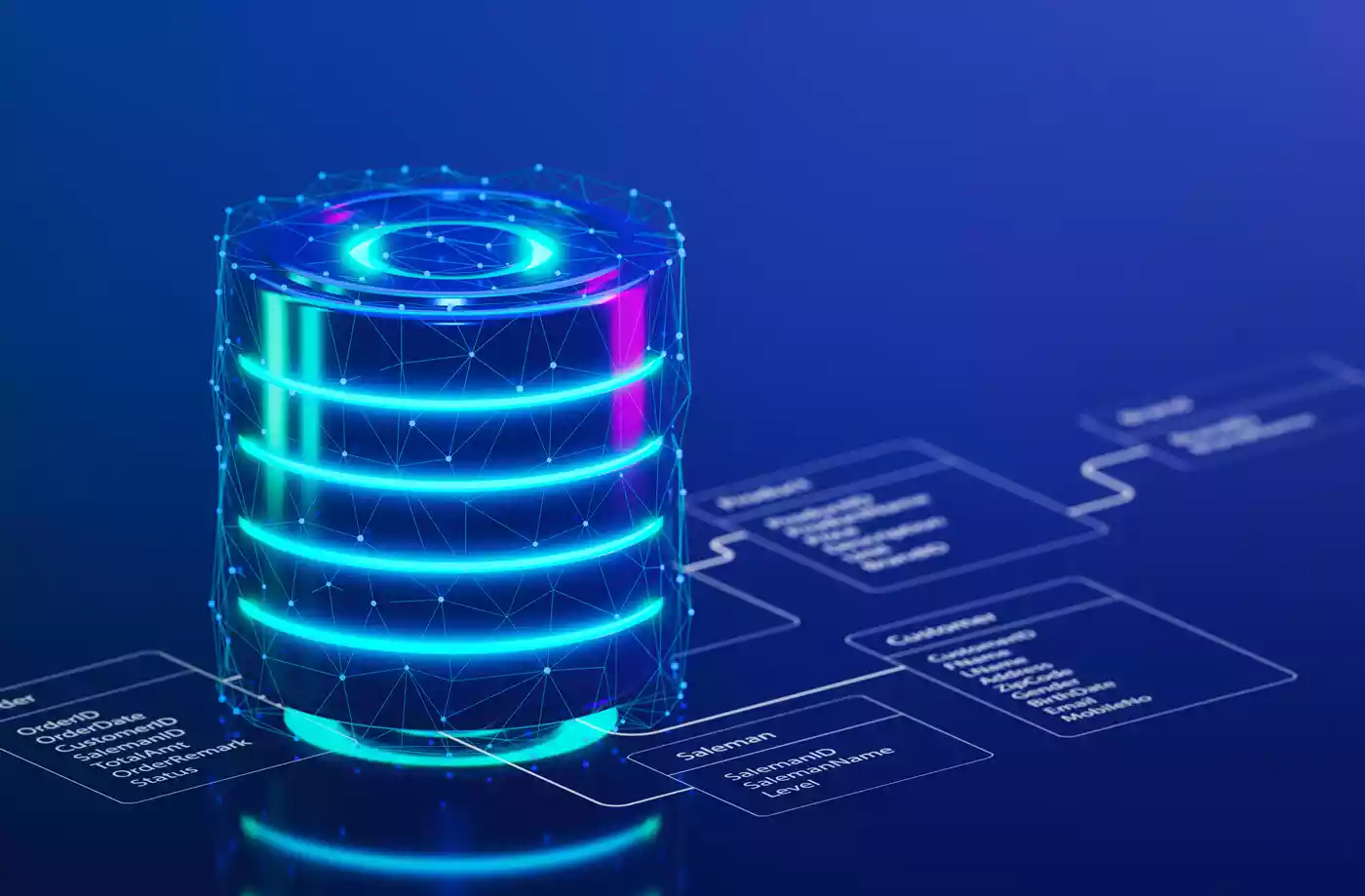In the digital age where data reigns supreme, understanding how to manage and organize data efficiently is crucial. Enter Relational Database Management Systems (RDBMS), the backbone of modern data storage and retrieval. For beginners stepping into the realm of database management, RDBMS might seem like a daunting concept. However, fear not! In this beginner’s guide, we’ll demystify RDBMS, unravel its intricacies, and lay a solid foundation for understanding relational databases.
What is RDBMS?
At its core, an RDBMS is a software system designed to manage relational databases. But what exactly does that mean? Let’s break it down:
Relational: In relational databases, data is organized into tables, where each table consists of rows and columns. These tables are interlinked through relationships, enabling efficient retrieval and manipulation of data.
Database Management System: RDBMS provides a set of tools and functionalities to create, update, retrieve, and manage databases. It ensures data integrity, security, and scalability, making it indispensable for applications ranging from small-scale projects to enterprise-level systems.
Key Concepts of RDBMS:
Tables: Tables serve as the fundamental building blocks of an RDBMS. Each table represents a specific entity or concept, such as customers, orders, or products. Columns define the attributes of the entity, while rows contain individual records or instances.
Keys: Keys play a vital role in establishing relationships between tables. Primary keys uniquely identify each record within a table, ensuring data integrity and facilitating efficient data retrieval. Foreign keys establish relationships between tables by referencing the primary key of another table.
Normalization: Normalization is the process of organizing data to minimize redundancy and dependency. By breaking down large tables into smaller, more manageable entities and eliminating data duplication, normalization enhances data integrity and reduces storage space.
Queries: Queries enable users to retrieve, manipulate, and analyze data stored in the database. Structured Query Language (SQL) is the standard language used to interact with RDBMS. With SQL, users can perform various operations such as selecting, inserting, updating, and deleting data.
Transactions: A transaction represents a unit of work performed within the database. Transactions ensure data consistency and integrity by adhering to the ACID properties: Atomicity, Consistency, Isolation, and Durability. In case of failures or errors, transactions can be rolled back to maintain data integrity.
Advantages of RDBMS:
Data Integrity: RDBMS enforces data integrity through constraints, keys, and normalization techniques, ensuring accuracy and consistency of data.
Scalability: With the ability to handle large volumes of data and support multiple concurrent users, RDBMS can scale to accommodate growing business needs.
Flexibility: Relational databases offer flexibility in querying and retrieving data, allowing users to perform complex operations and analyses efficiently.
Security: RDBMS provides robust security features such as authentication, authorization, and encryption to protect sensitive data from unauthorized access and breaches.
Conclusion:
Relational Database Management Systems are the cornerstone of modern data management, providing a structured and efficient way to store, retrieve, and manage data. By understanding the fundamental concepts and principles of RDBMS, beginners can unlock the power of relational databases and embark on a journey towards becoming proficient database administrators or developers.
In this guide, we’ve scratched the surface of RDBMS, exploring its key concepts, advantages, and relevance in today’s data-driven world. As you delve deeper into the realm of database management, remember that practice and exploration are key to mastering the art of relational databases. So go ahead, dive in, and unleash the potential of RDBMS in your projects and endeavors. Happy databasing!
At SkillHike Computer Education we provide trainings and courses for all Programming Languages.
Click the link to get the details of all courses available online and offline in both modes.

